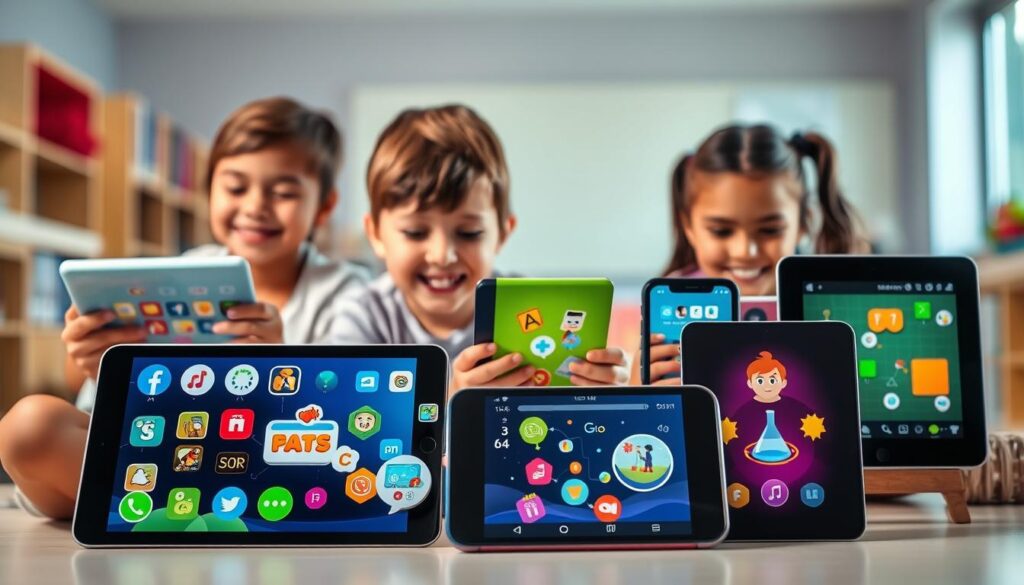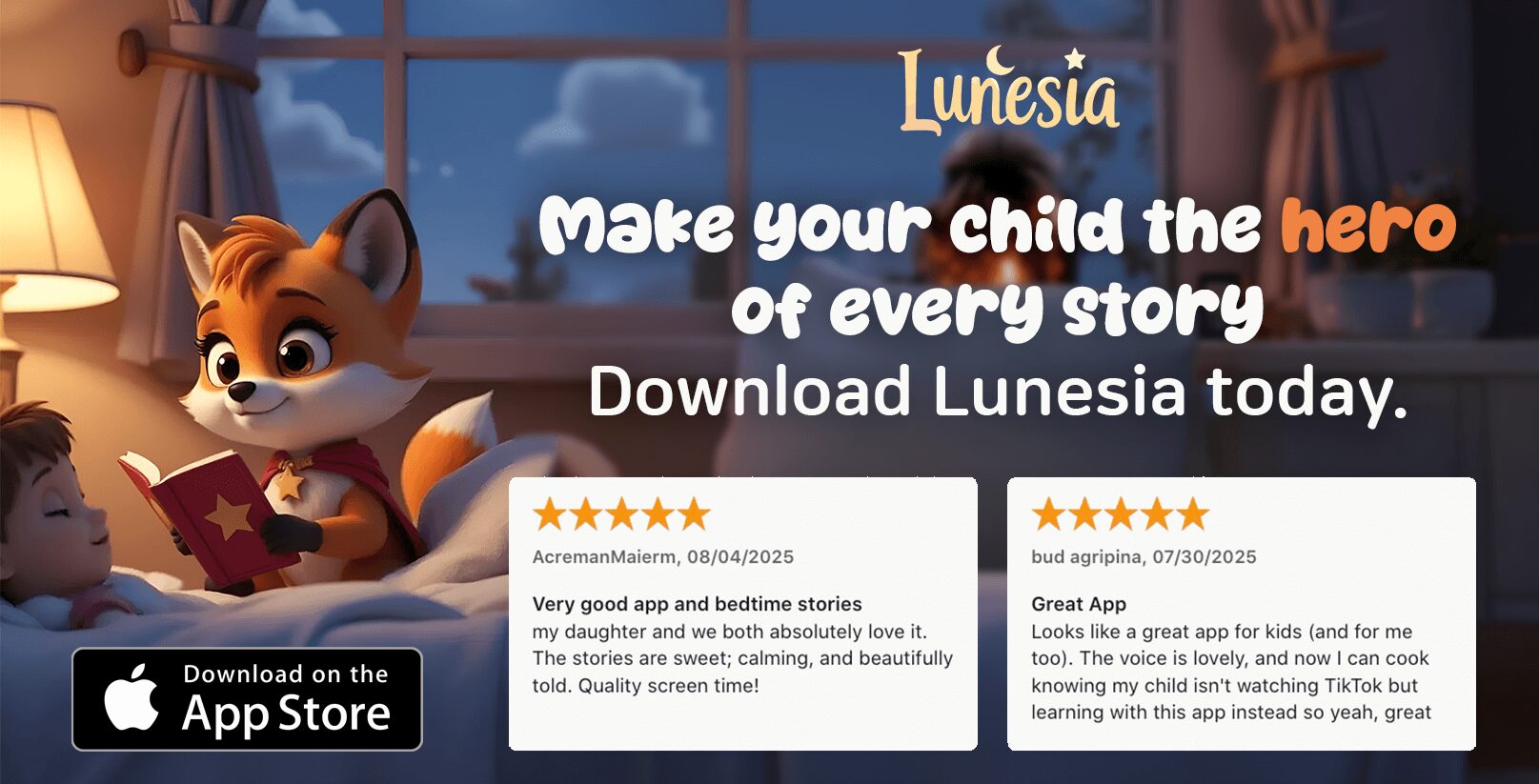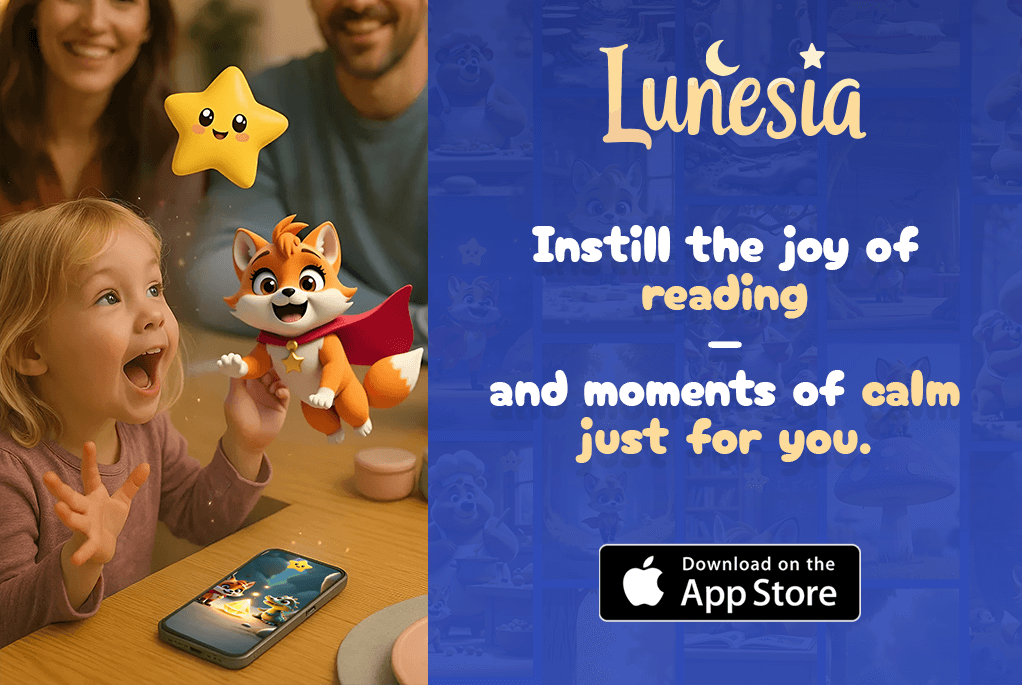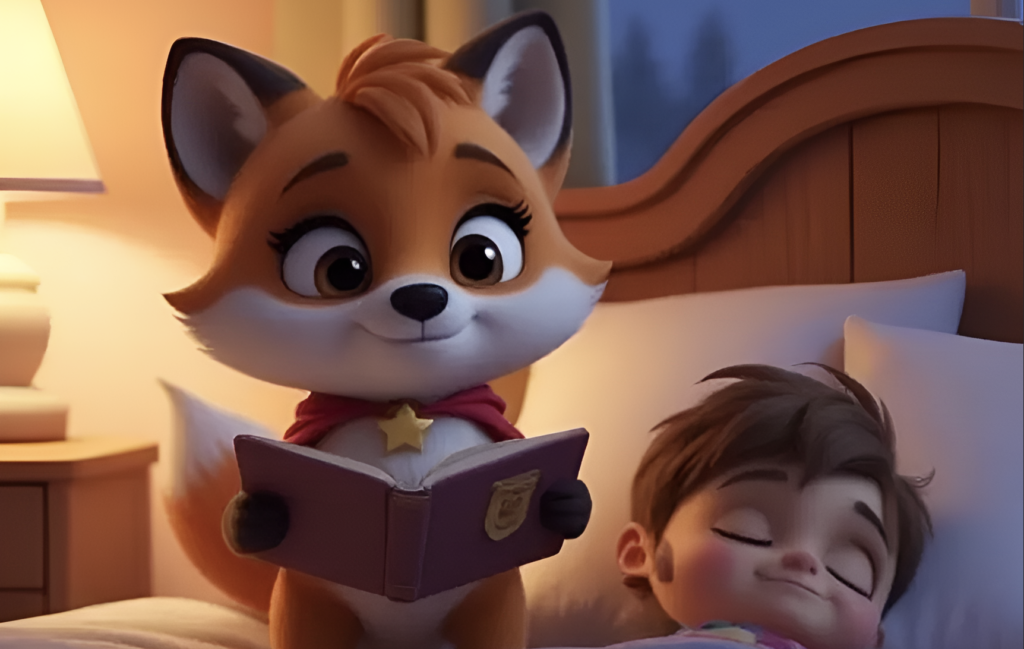As a parent, you’re likely no stranger to the challenge of finding the right educational apps for your kids. With thousands of options available, it can be overwhelming to choose the best ones that foster learning and skills development.
As we move into 2025, interactive learning apps are becoming increasingly important in education, transforming screen time into valuable learning experiences. But with so many choices, how do you know which ones are truly effective for your kids or students?
That’s where we come in. In this article, we’ll explore the world of educational apps, introduce you to Lunesia, a new contender in the educational app space, and provide guidance on what makes a great learning app for your child.
The Evolution of Educational Apps in 2025
With the average American spending over seven hours a day on their devices, educational apps have become a vital tool for learning in 2025. Even dedicating a few minutes each day to these apps can significantly benefit students’ skills and abilities. This shift towards mobile learning has been transformative, making education more accessible and engaging.
How Learning Apps Have Transformed Education
Learning apps have revolutionized education by providing personalized learning experiences that traditional classrooms often can’t match. By leveraging AI and adaptive learning technologies, these apps can tailor the learning experience to individual students’ needs, abilities, and learning pace. As a result, students can learn more effectively and stay engaged. To evaluate educational apps effectively, it’s crucial to consider how they adapt to a student’s progress.
Key Trends Shaping Educational Technology in 2025
In 2025, several key trends are shaping the landscape of educational technology. These include AI-powered personalization, immersive learning environments, and cross-platform integration. Modern educational apps are using data analytics to track student progress and adapt content accordingly. Experts in education and child development have also influenced app design, creating more effective learning experiences. By staying abreast of these trends, educators and parents can make informed decisions about the educational apps they choose to support learning.
Why Interactive Learning Apps Matter for Today’s Students
In today’s digital age, interactive learning apps have become indispensable tools for students of all ages. These apps offer a personalized and engaging learning experience that caters to the diverse needs of students. As a result, they have become an essential part of modern education.
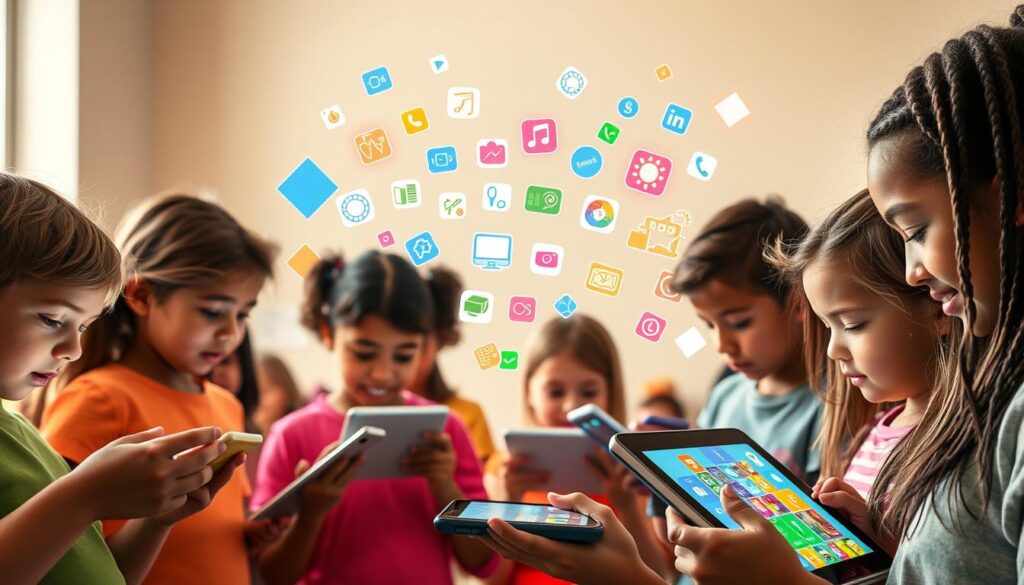
Interactive learning apps have revolutionized the way students learn by making education more accessible and engaging. According to a 2019 analysis, many popular children’s educational apps scored low in offering meaningful learning or engagement. However, top-rated apps like Toca Boca and Daniel Tiger’s Stop and Go Potty have set a new standard for educational content.
Benefits of Digital Learning for Different Age Groups
Well-designed learning apps offer specific benefits to different age groups, from preschoolers to teens. For younger kids, these apps develop crucial skills like problem-solving and critical thinking. For instance, apps like ABCmouse and Khan Academy Kids provide interactive learning experiences that are both fun and educational.
For older students, interactive learning apps can make difficult subjects more accessible and engaging. Apps like Photomath and Khan Academy offer personalized learning experiences that cater to individual needs and learning styles. By leveraging technology, these apps can help students grasp complex concepts more effectively.
Balancing Screen Time with Educational Value
While interactive learning apps offer numerous benefits, parents are right to be concerned about screen time. To strike a balance, it’s essential to choose high-quality educational apps that offer meaningful learning experiences. By doing so, parents can ensure that their kids are using their screen time productively.
Research-based guidelines suggest that parents should monitor and limit screen time while encouraging physical activity and other offline activities. By finding this balance, parents can help their children reap the benefits of interactive learning apps while maintaining a healthy lifestyle.
Our Evaluation Criteria for Top Interactive Learning Apps 2025
To determine the top interactive learning apps of 2025, we analyzed a range of factors that impact their ability to deliver high-quality education. Our evaluation framework was informed by insights from educational experts and our own testing of these apps.
Educational Content and Curriculum Alignment
The quality of educational content is crucial for an app’s effectiveness. We assessed whether the apps deliver genuine learning value and align with curriculum standards. Apps that support classroom learning received higher marks. Our experts evaluated the content to ensure it meets educational goals.
User Experience and Engagement Features
An engaging user experience is vital for maintaining students’ interest. We looked for features that balance fun with educational purpose, such as interactive quizzes and games. The app’s interface design, accessibility, and age-appropriateness were also considered.
Customization and Adaptability
Customization and adaptability are key to meeting diverse learning needs. We examined how well the apps adjust to individual learners’ pace and abilities. Apps that offer personalized learning paths were given more weight in our rankings. This feature is crucial for effective learning.
Top Language Learning Apps of 2025
As we dive into 2025, the landscape of language learning apps continues to evolve, offering users more immersive experiences than ever before. In this section, we’ll explore the top language learning apps that are making a significant impact this year.
Duolingo
Duolingo is far and away the most popular app for learning to speak a new language. Its game-like exercises and user-friendly interface lend to its massive popularity with people of all ages. The app has a strong focus on daily, incremental growth, and reinforces that attitude by encouraging users to maintain a daily study streak. Duolingo is free, but has a $7 monthly subscription that removes ads from the app. Unlike other apps, they also offer a family subscription for $12 monthly that includes 5 users.
Duolingo’s adaptive learning algorithm personalizes lessons based on user progress and performance, making it an effective tool for language learners of all levels.

Babbel
Babbel stands out for its conversation-focused methodology, differing from other language learning apps by emphasizing practical, everyday conversation. Its structured curriculum, designed by linguists, ensures that learners can quickly grasp and apply language skills in real-life situations.
Babbel’s unique features include its focus on improving speaking skills through advanced speech recognition technology and AI conversation partners, making it an excellent choice for those looking to enhance their language proficiency.

Both Duolingo and Babbel have incorporated innovative features that track user progress and provide motivation through various achievement systems and learning milestones, making them top choices for language learners in 2025.
Best Math and Science Learning Applications
As we dive into 2025, the best math and science learning apps are making significant strides in education technology. These apps are not just making complex concepts more accessible; they’re revolutionizing the way we learn.
The effectiveness of these apps lies in their ability to engage students through interactive content. By leveraging technology, they make abstract concepts concrete, enhancing understanding and retention.
Khan Academy
Khan Academy has been a game-changer in math education, offering a comprehensive platform that has grown beyond its initial math lessons. It now includes a wide range of resources for SAT and AP prep, computer science, and more. By creating a free account, students can track their progress through videos and exercises, making it an invaluable tool for high schoolers.
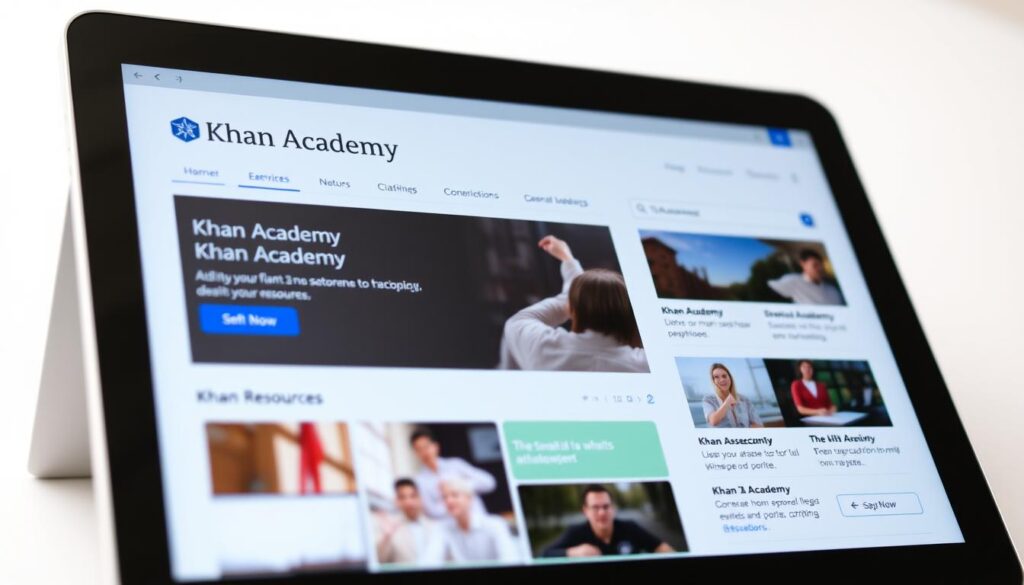
Photomath
Photomath has taken a revolutionary approach to math learning with its problem-solving camera feature, providing step-by-step explanations that go beyond just solving problems. It teaches the underlying math concepts, making it an invaluable resource for students who struggle with complex math problems.
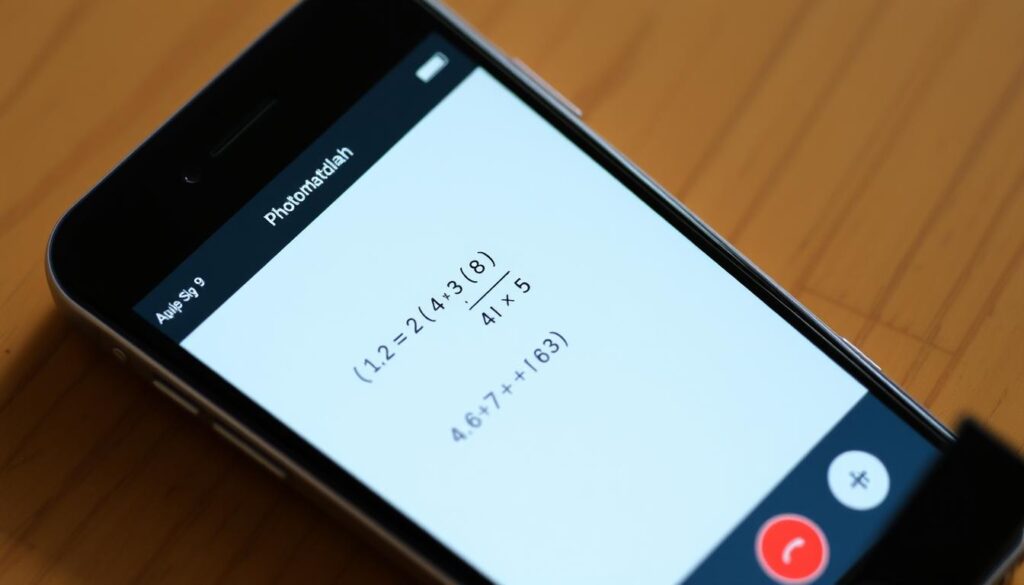
Both Khan Academy and Photomath are exemplary models of how math and science learning apps can make a difference. They incorporate interactive simulations, adaptive learning algorithms, and personalized learning paths to support both classroom learning and independent study, ultimately enhancing the learning experience.
Top Interactive Learning Apps 2025 for Early Childhood Education
As we dive into 2025, early childhood education is being revolutionized by interactive learning apps that make learning fun and engaging for young minds. These apps are designed to support crucial developmental milestones in children, from cognitive skills to emotional intelligence.
Let’s explore some of the top interactive learning apps for early childhood education this year.
ABCMouse
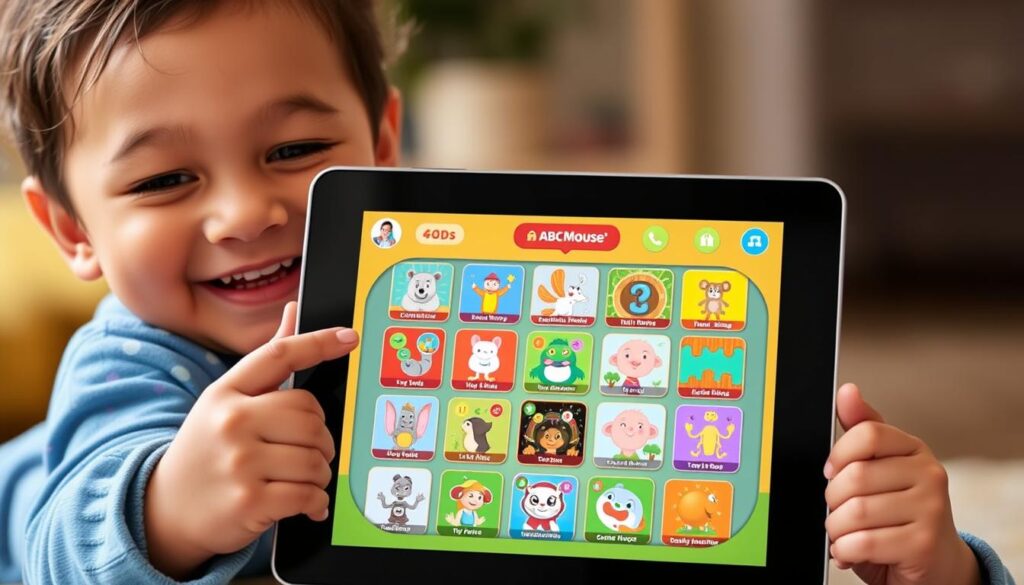
ABCMouse is an award-winning education app targeted at kids aged 2 to 8. It contains 10 levels with over 850 lessons, gradually progressing in complexity. The curriculum includes math, reading, science, and social studies, making it a comprehensive tool for early learning. The app’s “Assessment Center” allows parents to track their child’s progress.
Khan Academy Kids
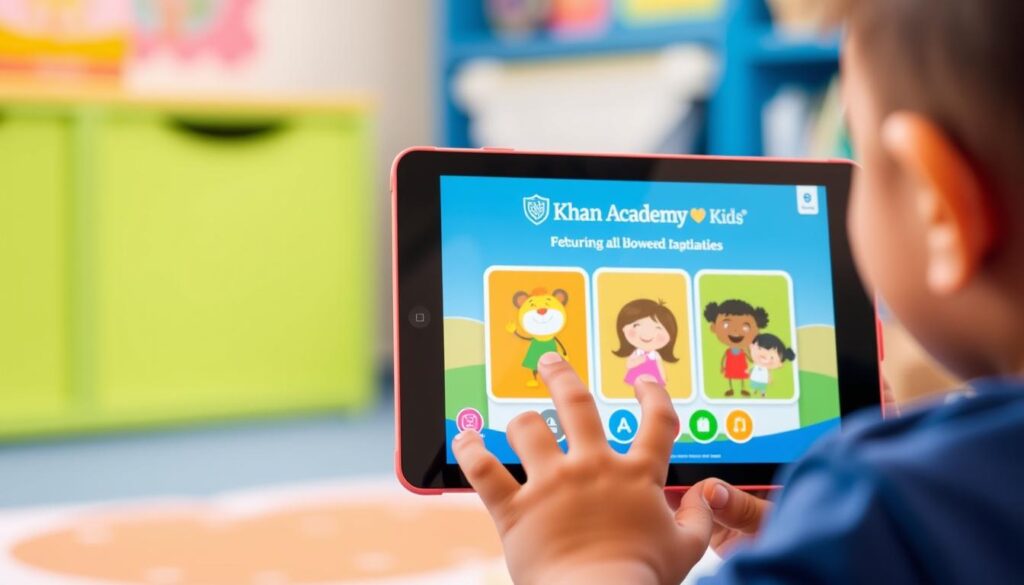
Khan Academy Kids offers a range of engaging activities that support cognitive, social, and emotional development in young children. Using storytelling and beloved characters, it makes learning fun and interactive. The app is designed for children aged 2 to 7 and covers subjects like reading, math, and social-emotional learning.
Epic: Kids Books & Reading
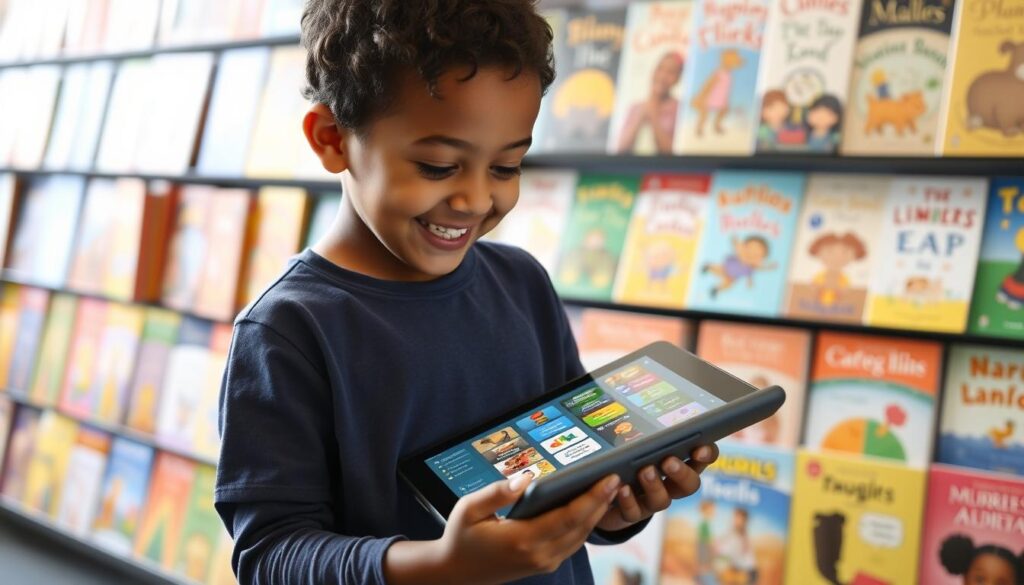
Epic is a digital reading platform designed for kids aged 12 and under. It offers a vast library of over 40,000 children’s books, read-to-me functionality, and personalized recommendations. Epic helps foster a love for reading in young children and supports literacy development through interactive features like comprehension quizzes.
These interactive learning apps are not only making learning fun but also providing a balanced approach to education that includes both structured learning and creative play.
Coding and STEM Apps Leading the Way
In 2025, the most innovative coding and STEM apps are paving the way for the next generation of tech-savvy kids. These apps are not just teaching coding skills; they’re fostering creativity, problem-solving, and collaboration.
Scratch
Scratch is a block-based programming environment that introduces kids to coding concepts through creative projects. It’s designed for kids who are new to coding, making it an ideal starting point.
With Scratch, kids can develop coding skills while creating stories, games, and animations. This app encourages creativity and problem-solving, essential skills for the digital age.
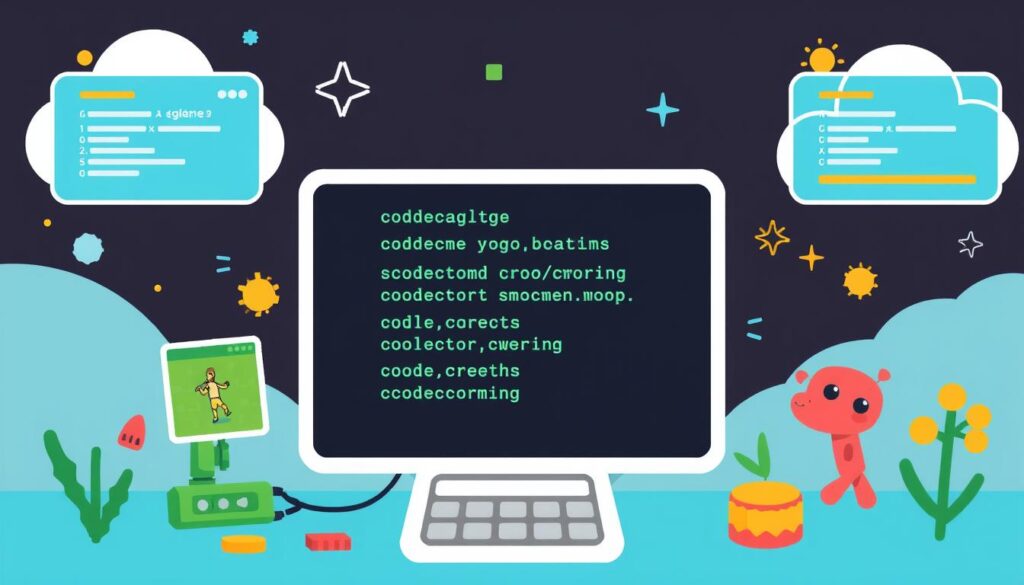
Lightbot: Code Hour
Lightbot: Code Hour is a game-based app that teaches programming logic through puzzles and challenges. It’s designed for elementary-aged students who are just beginning to learn coding concepts.
The app introduces fundamental coding concepts like sequences, procedures, and loops without requiring typing skills. Kids can help a robot navigate through levels, learning coding fundamentals in a fun, engaging way.

Both Scratch and Lightbot: Code Hour are leading the way in coding education, making it accessible and enjoyable for kids. By using these apps, kids can develop a strong foundation in coding and STEM skills, preparing them for future careers in technology and engineering.
Introducing Lunesia: The New Contender in Interactive Learning
As we dive into the world of interactive learning apps in 2025, a new contender has emerged: Lunesia. This innovative app is making a name for itself with its unique approach to educational content and engaging features that captivate kids and children alike.
Lunesia’s Unique Approach to Educational Content
Lunesia’s educational philosophy is centered around creating an immersive learning experience that feels like play. The app’s content is carefully crafted to align with current curriculum standards while offering something fresh and exciting. By focusing on interactive content, Lunesia ensures that kids remain engaged and motivated throughout their learning journey.
Key Features and Target Audience
Lunesia’s standout features include its adaptive technology and interactive world that make learning feel like an adventure. The app is designed for kids aged 6-12, catering to their specific needs and learning styles. With its user-friendly interface and engaging activities, Lunesia is poised to become a favorite among both children and parents.
How Lunesia Compares to Established Learning Platforms
In the ever-evolving realm of educational technology, comparing Lunesia to its predecessors reveals both promising advancements and areas for growth. As we examine Lunesia alongside established learning apps, we gain insight into its potential to disrupt the market in 2025.

Strengths and Innovations
Lunesia brings several strengths to the table, particularly in its personalized learning approach for kids. The app‘s adaptive technology ensures that students receive content tailored to their individual needs, potentially leading to more effective learning outcomes. Additionally, Lunesia’s user-friendly interface and engaging features make it an attractive option for both parents and educators looking to enhance students’ educational experiences.
Areas for Improvement
While Lunesia shows promise, there are areas where it needs to improve to compete with more established platforms. For instance, its progress tracking system could be more comprehensive, providing more detailed insights for parents and teachers. Furthermore, expanding its content library to cover a broader range of subjects and age groups could help Lunesia become a more versatile learning tool.
By addressing these areas and continuing to innovate, Lunesia has the potential to carve out a significant niche in the educational app market, offering a valuable resource for kids and educators alike.
Creative Arts and Music Learning Applications
In the landscape of educational technology, creative arts and music learning apps are making waves. These innovative tools are not only making music education more accessible but also engaging learners in new and exciting ways.
Fender Play
Fender Play is a music learning app developed by the renowned guitar company Fender. It offers high-quality video demonstrations and practice exercises for learning to play electric guitar, acoustic guitar, bass, and ukulele. The app’s courses are differentiated based on genre/style, allowing users to learn their preferred playing style from the start. Fender Play is suitable for both adults and young learners, making it a versatile tool for music education.

Simply Piano
Simply Piano is another leading music learning app that focuses on teaching piano through interactive lessons. Using a device’s microphone, it provides real-time feedback, helping learners improve their technique. The app’s progressive lesson structure guides users from beginner to advanced levels, making it an excellent tool for those looking to develop their piano skills. Simply Piano’s gamification elements keep learners motivated and engaged.

Both Fender Play and Simply Piano are revolutionizing music education by making it more accessible and engaging. They offer a range of lessons and activities tailored to different learning levels, ensuring that users can progress at their own pace.
Classroom Management and Educational Tools for Teachers
As we explore the world of interactive learning apps, it’s essential to consider the tools that teachers use to manage their classrooms effectively. In 2025, numerous apps are designed to make classroom management easier, enhancing the learning experience for students.
Google Classroom
Google Classroom is a powerful and easy-to-use web app for seamlessly organizing the daily activities of students. This tool allows teachers to take online classes, distribute course materials, assign assessments, track students’ progress, and send feedback from anywhere at any time.

Kahoot
Kahoot is a game-based learning platform that transforms assessments into engaging activities. Teachers can create interactive quizzes and polls that boost student participation and knowledge retention, making it an invaluable tool for teachers to gauge students’ understanding and adjust their instruction accordingly.
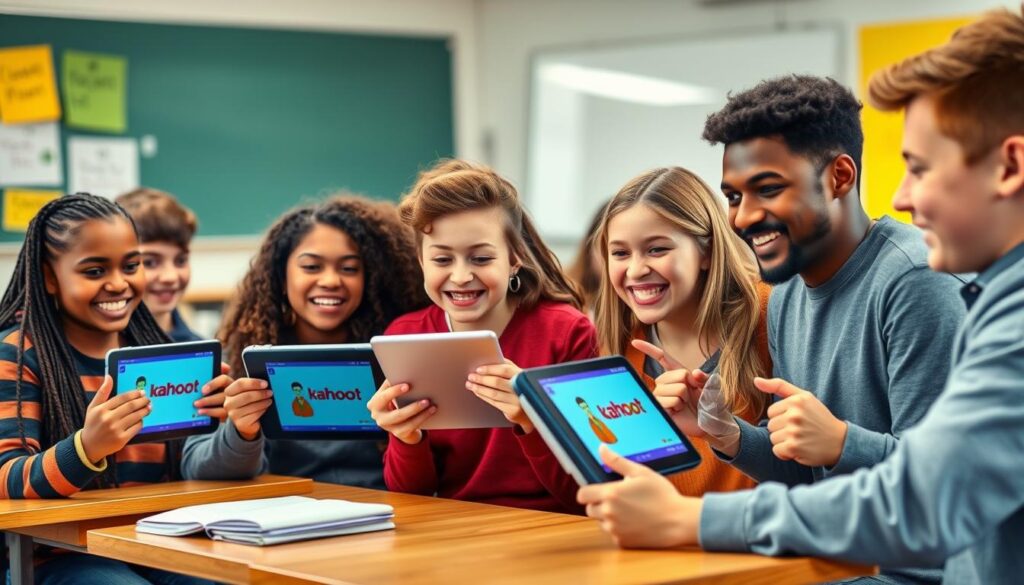
Both Google Classroom and Kahoot support in-person and remote learning environments, making them versatile for various teaching scenarios. By leveraging these apps, teachers can track student progress, identify areas where additional support is needed, and facilitate differentiated instruction to meet diverse students’ needs.
Choosing the Right Interactive Learning App for Your Needs
As a parent or educator, finding the ideal interactive learning app can significantly impact a child’s educational journey. With so many options available, it’s essential to have a framework for evaluating these apps.
For Parents: Selecting Age-Appropriate Educational Apps
When choosing an app for your child, consider their age, developmental stage, and learning style. Look for apps that offer customizable content and adaptive learning technology to ensure they meet your child’s individual needs. For instance, apps like Khan Academy Kids and ABCmouse are designed for early childhood education and offer a range of interactive activities.
For kids, it’s crucial to select apps that are both fun and educational. You should assess the app’s content to ensure it aligns with your child’s interests and learning objectives. Some key questions to ask include: Does the app offer a free trial or demo? What are the privacy policies regarding your child’s data? Are there any in-app purchases, and if so, are they clearly explained?
For Educators: Integrating Apps into Curriculum
Educators can enhance their teaching by integrating interactive learning apps into their curriculum. When selecting an app, consider how it aligns with your learning objectives and curriculum standards. Look for apps that offer teacher dashboards and progress tracking features to help monitor student performance.
| Feature | Importance for Educators | Examples |
|---|---|---|
| Curriculum Alignment | High | Khan Academy, Duolingo |
| Progress Tracking | High | Google Classroom, Kahoot |
| Customization | Medium | ABCmouse, Scratch |

Conclusion: The Future of Interactive Learning in a Digital World
As we navigate the vast array of interactive learning apps in 2025, one thing is certain: the future of education is digital, interactive, and increasingly personalized. Our exploration of the top interactive learning apps has shown that technology is transforming learning experiences for kids and students around the world.
The best apps are not just tools; they’re gateways to new skills and knowledge. Emerging trends will continue to shape the next generation of interactive learning apps beyond 2025, offering even more tailored learning experiences.
However, we must address ongoing challenges in educational technology, including accessibility, equity, and quality control. By balancing digital learning tools with human connection and real-world experiences, we can create a more holistic learning environment.
Ultimately, the potential of interactive learning apps to democratize education and unlock human potential worldwide is vast. As we move forward, collaboration between parents, educators, and app developers will be key to creating effective learning experiences that prepare students for future success.
FAQ
What makes an educational app effective for kids?
An effective educational app for kids should offer engaging content, interactive features, and a user-friendly interface that caters to different age groups and skill levels. It should also provide a safe and secure environment for children to explore and learn.
How do I choose the right educational app for my child?
To choose the right educational app, consider your child’s age, interests, and learning style. Look for apps that offer customization and adaptability to meet your child’s individual needs. You should also read reviews and check the app’s ratings to ensure it’s both fun and educational.
Are educational apps suitable for children with special needs?
Yes, many educational apps are designed to cater to children with special needs. These apps often include features such as text-to-speech, font size adjustment, and personalized learning plans. When selecting an app, look for those that specifically mention support for children with special needs.
Can educational apps replace traditional teaching methods?
While educational apps can be a valuable supplement to traditional teaching, they shouldn’t entirely replace human interaction and hands-on learning experiences. A balanced approach that combines the benefits of technology with traditional teaching methods is often the most effective way to support a child’s educational journey.
How can I monitor my child’s progress in educational apps?
Many educational apps offer progress tracking features that allow you to monitor your child’s performance and identify areas where they need extra support. You can also often set goals and reminders to help your child stay on track and motivated.
Are there any educational apps that focus on coding and STEM education?
Yes, there are many educational apps that focus on coding and STEM education, such as Scratch and Lightbot: Code Hour. These apps introduce kids to the basics of coding and programming in a fun and engaging way, helping to develop their problem-solving skills and prepare them for a future in tech.
Can educational apps help with reading and literacy skills?
Absolutely! Many educational apps are designed to support reading and literacy skills, offering a range of activities and games that help children develop their reading comprehension, vocabulary, and fluency. Apps like Epic: Kids Books & Reading provide access to a vast library of e-books and educational resources.
